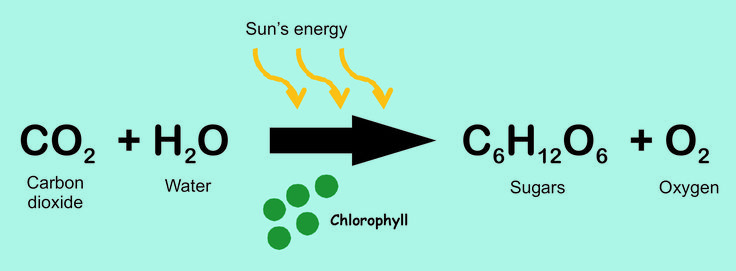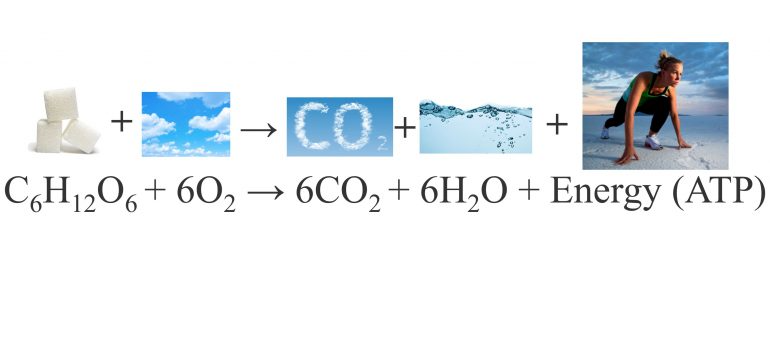Question #9fd4e
1 Answer
Plants excrete oxygen into the air, which we need to survive, because oxygen is an essential reactant in cellular respiration. Cellular respiration facilitates the production of ATP, which we use for energy.
Explanation:
Don't worry if that answer sounds a little intimidating. I've broken down everything in the answer below, starting with photosynthesis.
Photosynthesis:
Photosynthesis is the process by which plants produce their "food." While humans, dogs, cats, and other animals consume plants and other animals for energy, plants use energy from the sun to make glucose, a type of sugar.
The "Recipe" for Photosynthesis:
If you have ever baked or cooked something, you know that it requires a recipe. Similarly, plants follow a chemical formula that is essentially the "recipe" for glucose, a sugar. Here it is:

A plant takes in carbon dioxide (
Plants don't really need oxygen to survive, so they excrete the gas through stomata, little pores on the undersides of their leaves. We humans then breathe in this oxygen to carry out functions within our cells like breaking down food into energy.
Why do we need Oxygen?
Remember how the chemical equation for photosynthesis was just a recipe to make glucose? Well, there's another chemical equation that humans use to break down food in our bodies:
Do you recognize the first reactant (ingredient) in our formula? It's glucose, the very sugar that plants produce! When our bodies metabolize, or break down, glucose sugars into energy, the process above occurs in our cells. Glucose (
Summary
Plants produce oxygen as a byproduct of photosynthesis, and excrete this byproduct through their stomata. Our bodies need oxygen to break down our food into ATP, a compound that provides the energy for us to move around and go about life.

